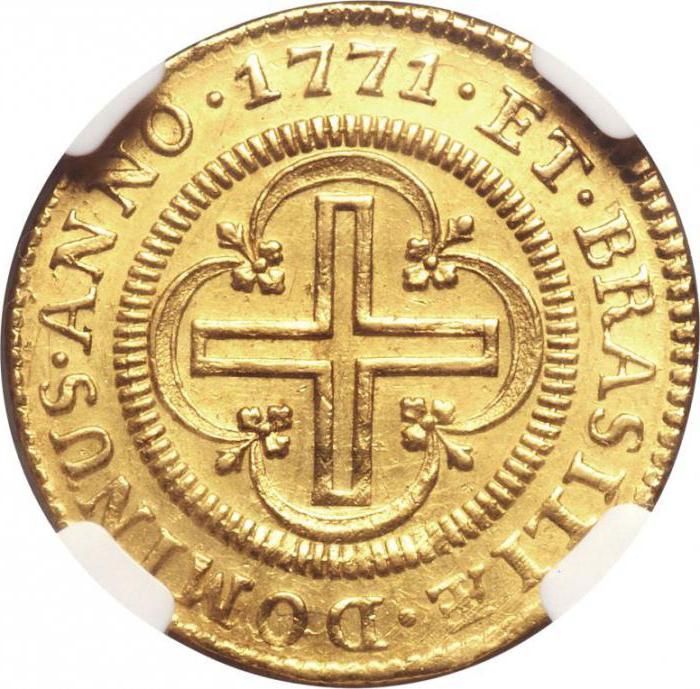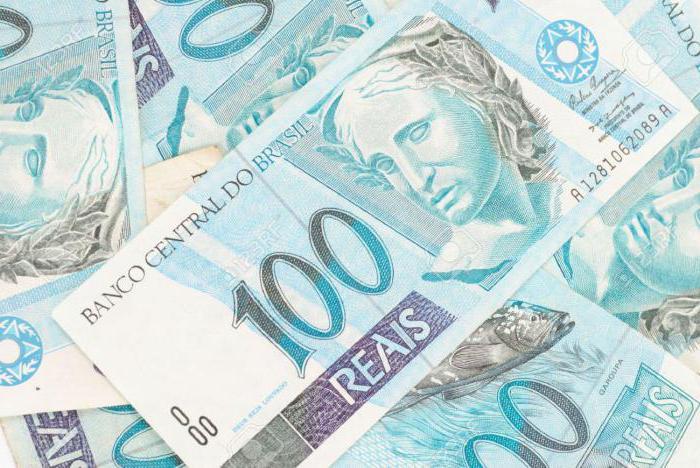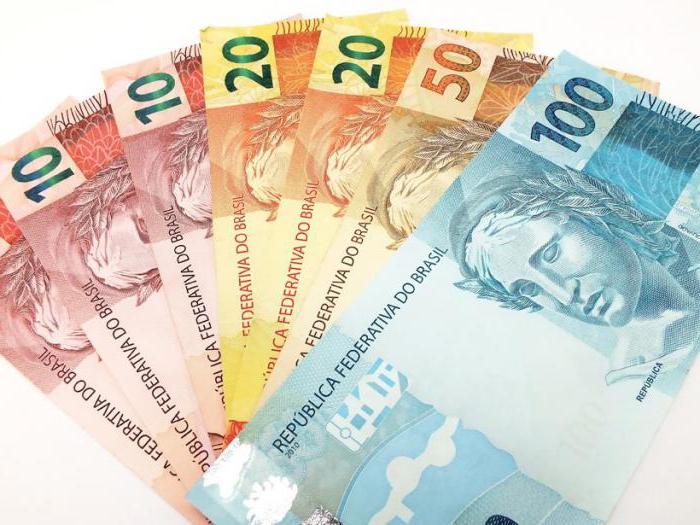Throughout the history of Brazil, its currency has changed several times. The first official money in this country appeared in 1690. Further in this article, the currency in Brazil is described in more detail (as they are called, the history of formation, as well as the official exchange rate as of today).
First money
The first currency was brought to this country by Portuguese immigrants at the end of the seventeenth century, just during the colonization of the American continent. They mainly used their money for settlement among themselves. In 1654, when the Dutch captured the northeastern part of modern Brazil, they introduced the currency, which they called real. He did not divide into smaller units. In the history of its existence, the first real, which was proclaimed the official local currency in 1690, was subjected to strong inflation.
First coins
In the fifties of the eighteenth century, a new currency of Brazil was created. At its base lay a piece of gold, whose weight was 22 carats. At the same time, copper and silver coins of various denominations appeared. In different periods of the existence of Brazilian money, they repeatedly changed. If in 1846 the standard for one thousand voyage coins was set at 822 mg of gold, then in 1926 it was already 180 mg. As a result, seven years later, the government abolished the concept of gold standard and pegged the currency to the dollar. In 1942, the real world was replaced at the rate of 1000 to 1 by Cruzeiro.
First banknotes
The first paper currency of Brazil was released in 1771. Initially, it was printed by the Royal Diamond Office to settle accounts with people who mined diamonds. Banknotes had different denominations. They could be exchanged for coins without any problems. In 1808, the local government founded the first Brazilian bank, which received the right to issue notes two years later. In 1833, banknotes replaced copper coins. As of the end of the nineteenth century, there were already several banks in the country, each of which had the right to print paper money, the denomination of which ranged from 10 to 500 thousand flights.
New real
The modern Brazilian real was officially introduced to citizens on July 1, 1994. The new currency has become one of the components of the state plan to stabilize the economy. Money such as Cruzeiro was withdrawn from circulation, and therefore the local Ministry of Economics still had to carry out work related to the exchange of banknotes. If we take into account a number of reforms and inflation, it turns out that today one real corresponds to 2.75x1018 flights of the 1942 model. The Brazilian Real consists of 100 centavos.
Modern coins
Brazilian coins have a face value of 1, 5, 10, 25, 50 centavos, as well as 1 real. All of them are made of stainless steel and put into circulation in 1994. Over time, new samples appeared with steel coated with copper (1 and 5 centavos), brass (10 and 25 centavos), and also from an alloy of copper with nickel (50 centavos and 1 real). It should be noted that now both series are valid in the country. Be that as it may, the first coins are still gradually withdrawn from circulation. There are also three special episodes (worth 1 real) issued on the occasion of memorials and holidays. They differ from the usual coins only on the back side.
Modern banknotes
The modern paper currency of Brazil at the time of its appearance consisted of denominations of 1, 5, 10, 50 and 100 reais. Later, the Central Bank decided to print additional banknotes of 2 and 20 reais.All people who have preserved Cruzeiro have the right to exchange them at the official exchange rate until 2025. Since January 2006, the printing of denominations in denominations of 1 real has stopped. Along with this, such money remains in circulation until now.
Course
At the time of its appearance, the currency of Brazil was quite expensive. However, in the mid-nineties of the last century, due to the large influx of foreign capital, it began to gradually depreciate. Local money suffered greatly from devaluation, and its rate often fluctuated. The central bank’s measures to resolve the situation did not lead to anything, and the currency was constantly in the so-called managed (or dirty) swimming.
In 2002, the smallest exchange rate of Brazilian money was recorded. Experts believe that this is due to the election situation in the state. The fact is that the main contender for the victory in them was considered Luis Inacio Lula da Silva, who was a radical populist. In this regard, the majority of the population was very afraid of default. People massively transferred money abroad and bought up securities. As a result, in October, the Brazilian real to the dollar had a ratio of 4 to 1.
The situation began to change only at the beginning of 2005, when the country's Ministry of Finance took effective measures to combat inflation, and the Central Bank stopped artificially regulating the national currency. As a result, the real became gradually stronger and stronger. As of today, its average rate against the dollar is 0.259, and against the Russian ruble - 17.07.
